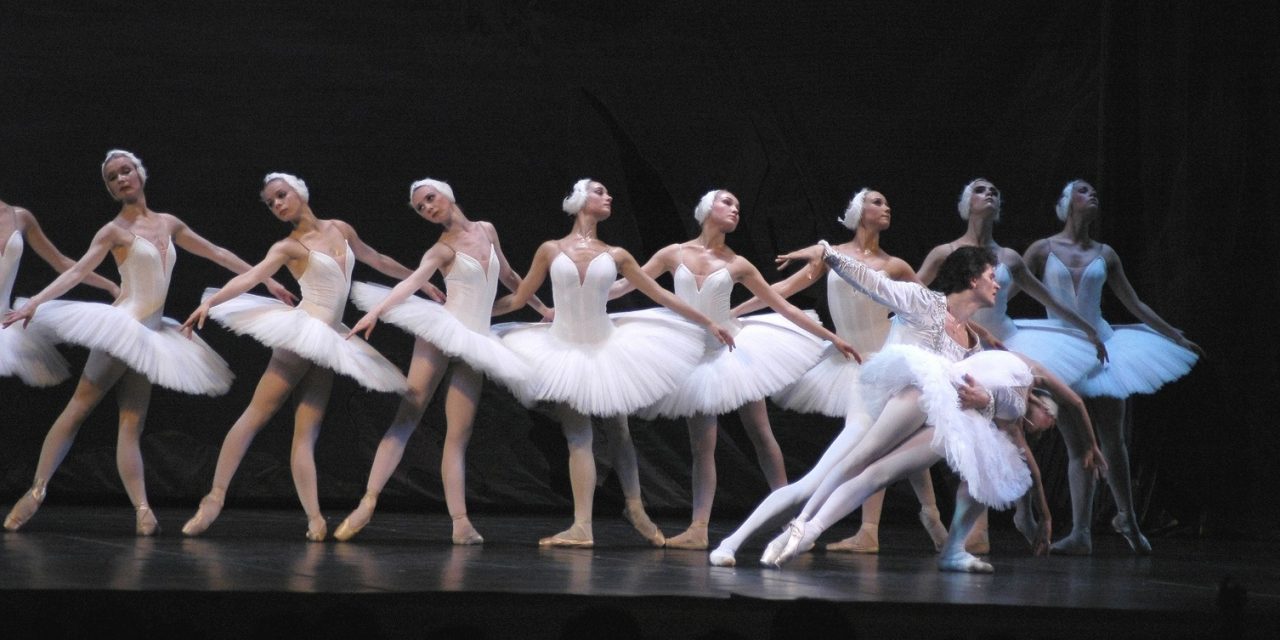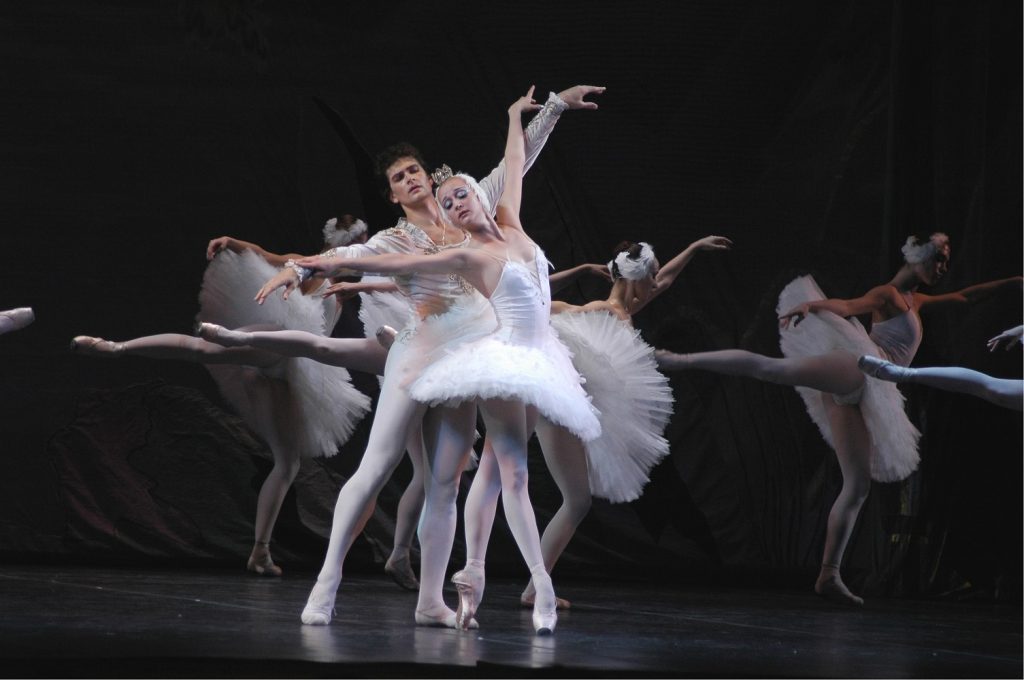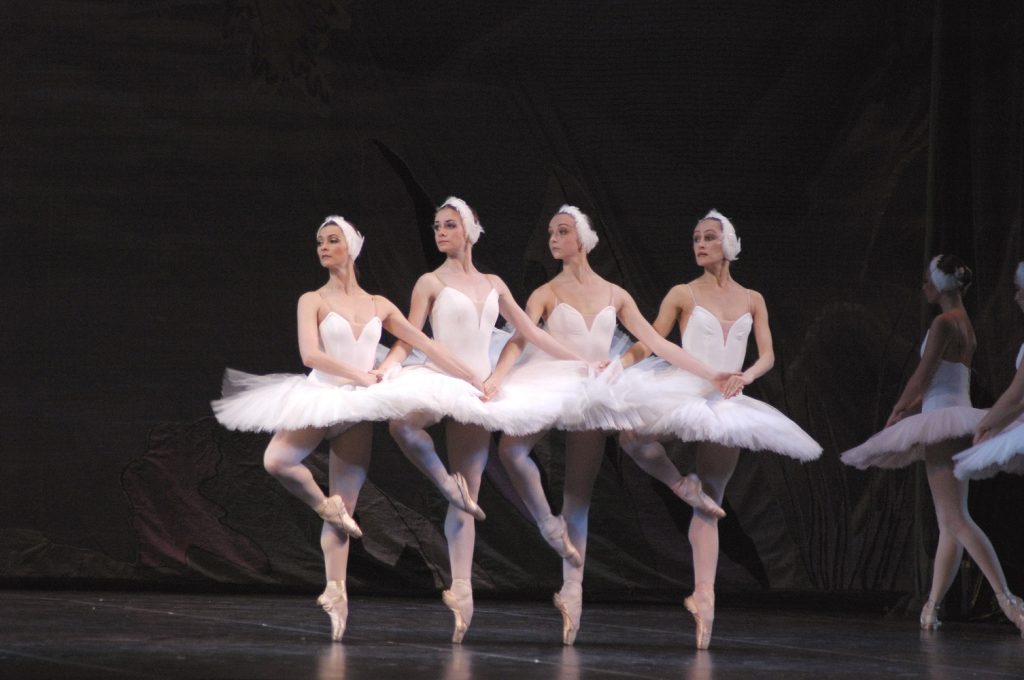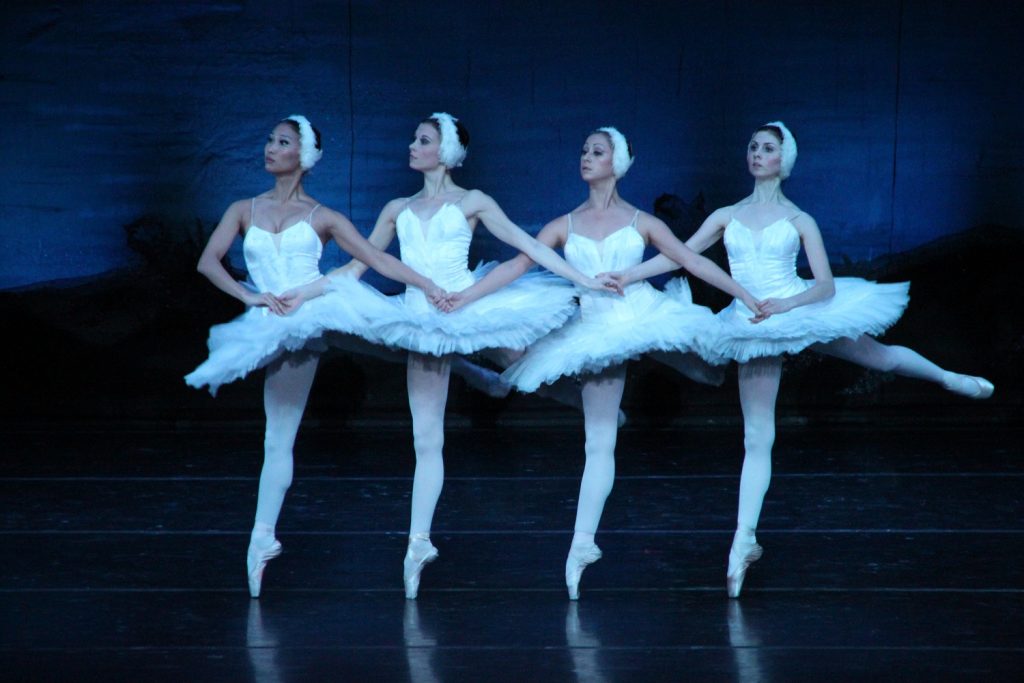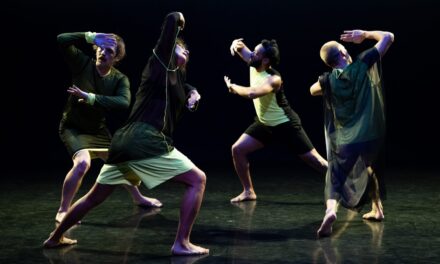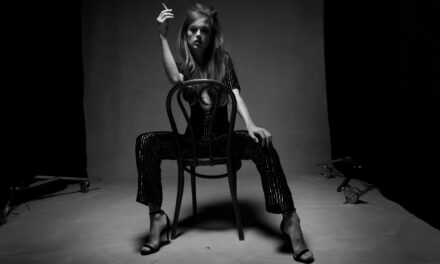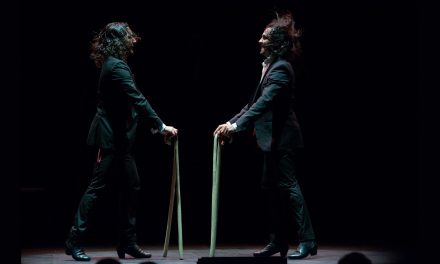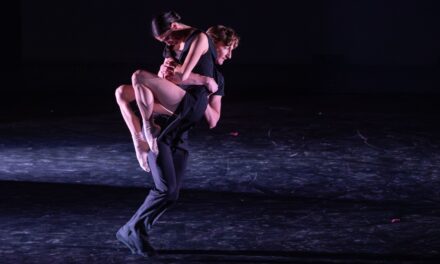Known for their touring performances of classics such as The Nutcracker, Giselle and Sleeping Beauty, the Russian National Ballet’s latest stint to (almost) grace LA was a production of Swan Lake presented at the Cerritos Performing Arts Center on February 2. Beautifully adapted, the painstaking detail seen in every element of the show paid homage to Marius Petipa and Lev Ivanov’s original choreography, but with a twist—perhaps influenced by the more contemporary happy endings of today, the final tragedy was overshadowed with a happily-ever-after reunion. Though the ballet is more famously known for the main characters’ suicides, this feel-good ending did not come off as cheap, mostly thanks to Elena Radchenko’s smooth staging and added choreography.
The company established their prowess at the beginning of the first act with the introduction to Prince Siegfried (Aidos Zakan) and his royal court, including his Queen Mother (Natalia Ivanova), Tutor (Evgeniy Rudakov), and amazingly impressive court Jester (Eldar Sarsembaev). Though each character’s movements were exquisitely timed with Tchaikovsky’s score, Sarsembaev was the standout and immediately became the crowd favorite through his effortless barrel rolls and string of fouettés rivaling the famous thirty-two later performed by Odylle (Hanna Zimovchenko). Sarsembaev’s charisma, light-footed transitions between complicated movements and giddy acting easily made him the main danseur to watch.
A close second was Zakan, whose delicate gestures and slowly floating arm movements solidified his character’s dreamy pensiveness. The festivities in the first act not only created a fun-loving atmosphere, which quickly drew the audience into the show’s plot as different troupes took turns showing off their group dances, but also helped establish Zakan’s hesitation and anxiety in contrast to the merriment taking place around him.
Kirill Andreev, and Sergei and Elena Radchenko’s set and costume design added the right touch of upscale elegance necessary for a well-rounded and historic staging of the ballet through their use of brightly-colored garments (and sparkling white feathers in the case of the cursed swan maidens), hand-painted backdrops, and even scalloped valances, which represented archways inside the palace in later scenes.
The set, however, looked most impressive during the two lakeside scenes. The first, which took place when Siegfried wanders off to be alone and stumbled upon the enchanted swans, harbored the peak of Ivanov’s choreographic masterpiece, beautifully performed by the Russian National Ballet’s corps. The eighteen women’s synchronicity on stage was quite a feat—not one ballerina was off beat or out of place. This was especially evident during the always-charming pas de quatre, performed here by Alexandra Krukova, Daria Lednikova, Valeria Mala and Julia Stukonoga whose intertwined arms and rapid upward flicks with their legs made them appear like a single, well-oiled machine.
Zimovchenko was impressive as Swan Queen Odette. Her ability to transition between swan and human form and her pantomiming of the curse she and her fellow swans were suffering from was very clear. Through her talents, Zimovchenko even made it easy for audience members unfamiliar with the exact meanings behind the gestures to pick up on her franticness and the urgency in her communication, thanks to her worried facial expressions, constant backing away from Siegfried, whom she was still deciding whether to trust, and nervous bourrées. Her pre-transformation wing-flapping, which persisted through lifts performed by her and Zakan during their pas de deux before relaxing into gentle extensions during later moments emphasized the juxtaposition. The wavering of her neck and constant bird-like shifting of her head added the finishing touches to her presentation.
Evil sorcerer Von Rothbart (Evgeniy Ermakov)’s makeup was frightening and made him look like a sinister forest creature above all else. Often portrayed as an owl in early versions of the ballet, this company’s interpretation hinted to a Maleficent-type being (sans the horns), or something even darker. His appearance on stage was almost always accompanied with blinking lights that echoed his anger, and a misty fog, which filled the stage and swallowed his feet. (My one criticism of the ballet is that some of the smoke seemed to go off too late and was always announced by an unnatural “spray” sound, like that of a fire extinguisher being overused.) His sweeping glides as he watched the oblivious prince had the two circling around each other in a standoff, which never really took shape. Rothbart’s constant popping on and off stage made him an omnipresent force aware of Siegfried’s threatening presence, but quizzically unwilling to attack him physically, which made the character’s role seem underplayed—at least until the following act.
The psychological warfare involved in Rothbart’s appearance at the palace with Odette’s evil doppelgänger (labeled as his lookalike daughter in this ballet’s scene descriptions) maintained the prince’s engagement party as Swan Lake’s strongest scene. Preferring to fool the unwary prince instead, Rothbart’s plan’s main point of reveal was not necessarily in Odylle’s black costume, but in her movement. Zimovchenko’s ability to create an all new, more seductive character whose smile and confidence read differently from her purer counterpart was praiseworthy. She nailed her role with fluidity and grace, despite her character’s maliciousness, captivating the audience as well as our dopey protagonist, and crowning herself the ideal candidate to play the prima in Swan Lake.
Though she was meant to outshine the other, international princesses whose brief routines the prince softly rejected, the scene was not solely based on her presence, but rather built up to it, thanks to the other women’s routines. The most captivating may have been that of the Spanish princess, whose dark costume accents, castanet-heavy soundtrack, and Flamenco and Paso Doble–inspired moves help her stand out from the crowd. Especially as she danced with Rothbart, seemingly taken by his (supposed) gallant appearance.
The ballet’s ending, which is familiar to most for the death of the swan (slightly influenced by Mikhail Fokine and Anna Pavlova’s The Dying Swan, but less melodramatic), took an unexpected happy turn after Odette’s almost-death. Siegfried discovered her crippled form shielded away by the other swans and revived her just in time to find himself face-to-face with Rothbart, with whom he finally had his standoff. The two men mirrored each other’s movements without interacting directly during the fight. However, the prince’s eventual collapse onto the floor indicated his defeat until Odette and her army of swan reappeared to defend him, with the Swan Queen standing in front of Siegfried, to shield him from the sorcerer’s wrath. This display of true love resulted in Rothbart’s spell being broken, his immediate death and the uniting of the two lovers in life rather than deat
Upbeat and naturally executed, the alternative ending was pleasant to witness, even for viewers like myself who rather enjoy the sadder, more dramatic finales. Not a note was wasted thanks to Radchenko’s ability to use every single tone and beat within Tchaikovsky’s timeless composition. The show was a treat, which I urge others to enjoy, and which I hope to be able to indulge again sometime in the future.
The next stop on the Russian National Ballet’s tour of “Swan Lake” is Folsom Lake College in Folsom, CA, where the company will perform for two nights—Feb. 6 and Feb. 7. After that, the show will head south to Sarasota, FL for a performance on Feb. 27.
For more information on Russian National Ballet, click here.
For more information on Cerritos Performing Arts Center, click here.

